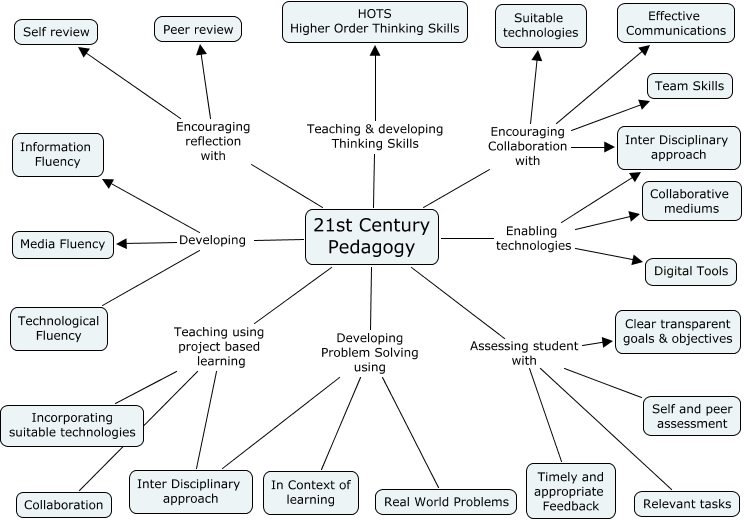My Quote of the week “ Given the seductively easy accessibility of masses of unregulated information, it is imperative that students, from the very beginning of their academic careers, adopt a critical approach to information and develop the ability to evaluate the information they encounter for authenticity, accuracy, credibility, authority relevance, concealed bias , logical consistence and so on.”(Grafstein , 2002)
- I totally agree with this statement. Students need to be able to critically think and not mindlessly sift through information simply because it is at hand. Throughout this course I have stated that technology must be taught to the students regarding reliability, validity etc. It is so easy or seductive to take the first and easiest way to find information, but do the students care who wrote it or posted it? I suppose not if writing a paper, but when their name goes to publication the facts must be valid.
This was posted on my facebook by a high school classmate , who is taking summer classes in information technology. I feel this is so appropriate for me.

The modern learner has to sift through a lot of information.
That means higher level thinking skills like analysis and evaluation are necessary just to reduce all the noise and establish the credibility of information.
There is also the matter of utility. Evaluating information depends as much on context and circumstance as it does the nature of the data itself. The essay full of fluff may distill quite nicely down to a 140 character tweet. A trivial fact about governments may appear useless in a research paper on the 3 branches of government, but could find utility in a project-based learning artifact on the evolution of government systems worldwide.
Context matters, and the diagram from edorigami below captures this, though not from the perspective of the student and content knowledge, but the teacher and various pedagogical components themselves, including Higher-Order Thinking Skills, Peer Collaboration, and Media Fluency.
http://www.teachthought.com/technology/a-diagram-of-21st-century-pedagogy/
1. What is the difference between IL( information literacy) and BI ( Bibliographic instruction) and why is this distinction important?
- New literacies are information on the Web and the Internet that consist of information that is continually changing, as it is frequently revised, removed, or rearranged. This digital information is usually hyperlinked to networks that explore new forms of story grammar and various new formats. These new formats that allow readers to navigate their own course—by selecting links in a variety of orders—that may be different than the intended path of the author or other readers.
- In contrast BI or bibliographic instruction is traditional text, the print remains the same, it does not change each time the book is opened, reminds me of the Encyclopedia Britannica. The BI format is linear, as it follows the intended path of the author and usually sequential. Additionally, BI is non-interactive with non-adaptable features. The author constructs information and readers must follow the author’s designed plot or expository structure.
2. Why should classroom faculty teach IL?
- I believe that effective programs involve a shared responsibility among librarians, academic administration and classroom faculty.
- Web 2.0 is just the beginning, I’m sure there will be a 3.0, 4.0 into infinity and beyond. When computers were first introduced into schools to students as young as kindergarten (1970s &1980s), many parents were questioning the validity of that. Now children are born with an iphone in their tiny little hands.
- Teaching only traditional tools do not prepare students to use the new technology effectively. Technology changes daily and the faculty are the front line instruction to prepare the students.
3. What is the role of classroom faculty in developing information literacy?
- The classroom faculty must be able to change with the technology. We cannot standby with old techniques and hope the students get it.
- The ultimate goal is to develop in the students the capability to both critically evaluate the information they encounter and continue to use these skills they have acquired and confidently handle any new challenges that will confront them after they leave us.
I think that we are all guilty of mindlessly sifting through materials from time to time. Sometimes, far too often. I will support the statement that sometimes that mindless sifting provides food for the soul. Now, that said, critcal thinking skills are essential skills. We are challenged as educators to help them develop those skills.
ReplyDeleteI agree that teaching students today with traditional tools does prepare them for world ahead. They need to learn how to use technology effectively in their every day lives.
ReplyDeleteYou are right, the modern learner does have a great deal of information to sift through. It is important that we teach our students how best to search through the information they encounter.
ReplyDelete